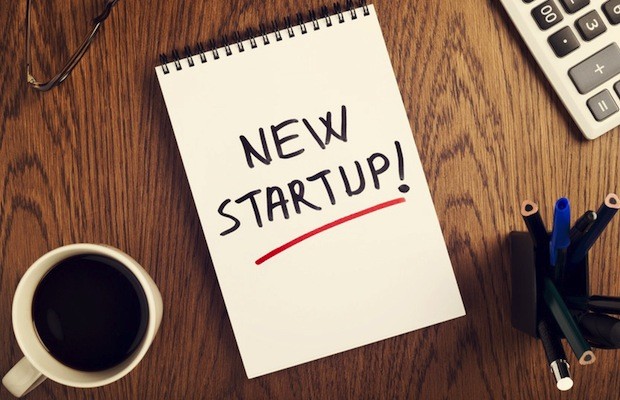How do you compete when expectations are already sky high?
Underpromise and overdeliver. It’s a common saying in business, preached as some of the best advice by many companies (including ours), as a way to win over customers by not only meeting their expectations, but going so far beyond them they can’t help but become fans. Think of online retailer Zappos, who is famous for allowing customer service reps to spend as much time on calls as they wanted (sometimes up to six hours!) or doing surprise upgrades to overnight shipping. But no matter how obvious business advice sounds, accepting without understanding can be dangerous. Our world is constantly evolving and what worked for one company at one time, may not work for you. So is ‘underpromise and overdeliver’ still the quickest way to stamp out the competition? Let’s take a closer look.Why do we actually love companies that overdeliver?
Underpromise, overdeliver works because it’s based on a powerful, almost primal emotion: Trust. People are naturally cooperative. According to evolutionary psychologists, early humans needed to work together and trust each other to survive. That’s why our brains are wired to make us feel good during positive social interactions and feel pain during negative ones. In fact, researchers from National Geographic who studied areas in the world with people who have the longest life expectancies found that strong social structures built on trust and quality relationships add 4-6 years of life expectancy and result in greater happiness. If you meet someone’s expectations, you earn their trust. So the logic goes that if you underpromise and overdeliver, you’ve not only met expectations but you’ve surpassed them, which not only triggers feelings of trust and a desire to return the favor, but also creates another powerful emotion: surprise.Couple surprise with trust and you’ve got an almost surefire way to convert a casual browser into a lifelong customer. Mikael ChoA study published by the Journal of Applied Social Psychology showed how important surprise is in creating feelings of trust by asking waitstaff to give mints to customers in different ways. Group 1: Gave mints with the check. But made no mention of mints. Received a 3% increase in tips. Group 2: Gave 2 mints separate from the check. Mentioned mints (i.e., “Would anyone like some mints before they leave?”). Received a 14% increase in tips. Group 3: Gave mints with the check. Then came back with another set of mints shortly after and let customers know. Received a whopping 21% increase in tips. The third group, who not only gave more but surprised their customers with their generosity, got the biggest return.
So why then, does underpromise, overdeliver not always work?
Simply put, the business landscape continues to change so dramatically that customer expectations—what we base our level of surprise off of—have gone through the roof. A recent study from Social Psychological and Personality Science paid a group of puzzle doers to complete 40 puzzles, with helpers for 10 of them. The helpers, however, were told to only help with either 5, 10, or 15 puzzles. In the end, the puzzle doers rated those who went above and beyond the same as those who completed 10 puzzles like they promised. Five extra puzzles was not enough overdelivery to create surprise and more trust. What does this have to do with your business? Well, your customers feel the same way. When Amazon first started saying packages would arrive in 7 days, they would often deliver them in half that time. Customers loved it and Amazon rocketed past the competition. But then we got used it. ‘Less than 7 days’ became the norm, which meant to exceed expectations Amazon needed guaranteed 2 day delivery. And then same-day delivery. And now? They want to start sending you products before you even order them. You can try to reset expectations by creating your own, but existing expectations are hard to break. Doing a little better isn’t enough to get attention. If you’re going to underpromise, overdeliver, you need to do it at an extreme level (like Amazon is). Customers have access to more information and more choices than ever. This increase in information has also diluted attention and in the last 5 years our attention spans have reduced to less than that of a goldfish. We can’t just do a little better. It won’t be enough to get attention. If you’re going to underpromise, overdeliver, you need to do it at an extreme level.Ways you can beat expectations without breaking the bank
If you have the resources of Amazon to compete on extreme overdelivery, great. But it’s okay if you don’t. You don’t have to break the bank to create trust through exceeding your customers expectations. Here’s a few examples:1. OVERDELIVER WHERE EXPECTATIONS ARE ALREADY LOW
. In the past, I’ve had terrible customer service at other many cafes, like being first in line and then waiting over 5 minutes before any of the staff said a word to me. So my expectations for service in a cafe are low. This was an opportunity to overdeliver for our own customers without draining our resources. Our simple way of overdelivering is to make sure our entire cafe team, not just the ones taking orders, knows to acknowledge people as soon as they step up to the counter. Expectations are low. Service is high. Creating a sense of trust and surprise.2. SET EXPECTATIONS SO IT’S EASY FOR YOU TO MEET AND EVEN EXCEED THEM
Another easy ‘underpromise, overdeliver’ on a budget tactic is how you followup by email. Most people are happy if you get back to them in a day or two by email. That’s the expectation of the medium. So, when going through my inbox I’ll normally say I’ll get back within a day or two even though I’m aiming for minutes or hours. I don’t always get back in minutes or hours, but at the minimum I meet their expectation, which, as we’ve seen, is enough to at least build a sense of trust and happiness.If you can’t reach an extreme level of overdelivery, your better off meeting expectations. Do what you say you’re going to do and research shows you’ll be rewarded with trust and loyalty. And even if you don’t exceed an expectation, meeting expectations is powerful in itself.






